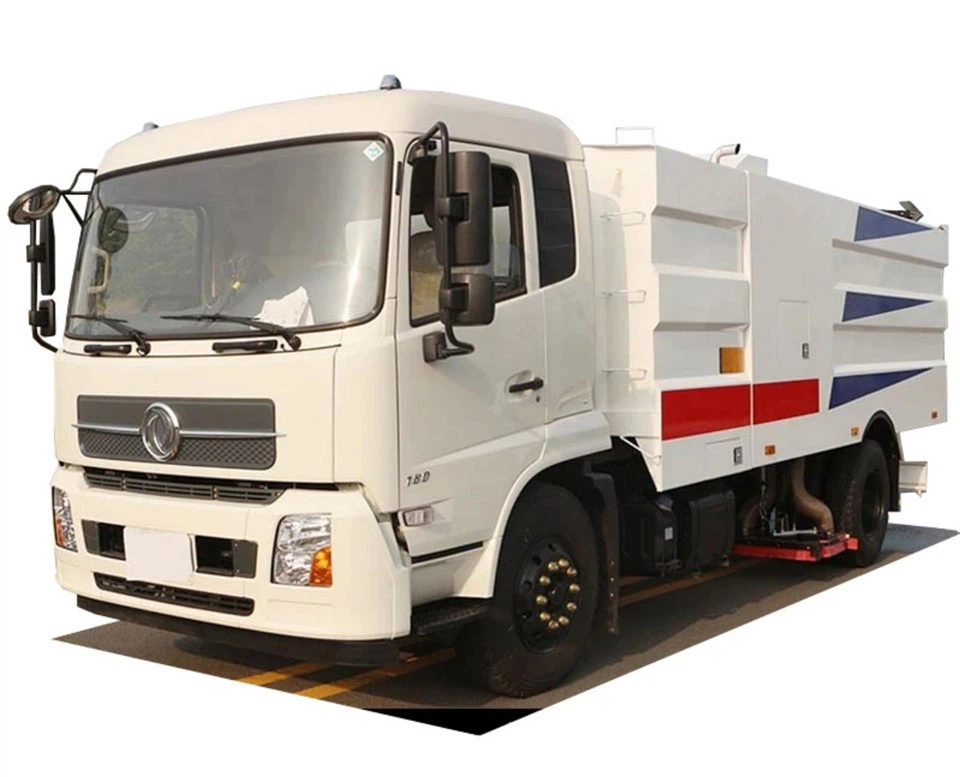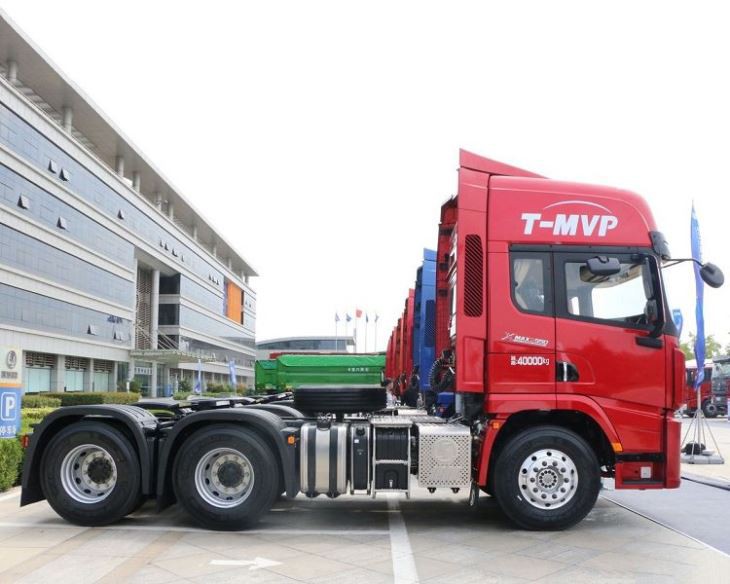Everything You Need to Know About Trash Balers: A Comprehensive Guide

As the world increasingly shifts towards sustainability and reducing waste, understanding the equipment that facilitates these goals becomes crucial. Among these tools, trash balers have emerged as essential devices in waste management. This comprehensive article covers everything from what trash balers are and how they work to their benefits and types, along with practical tips for maximizing their efficiency.
Table of Contents
- What is a Trash Baler?
- How Trash Balers Work
- Types of Trash Balers
- Benefits of Using Trash Balers
- Choosing the Right Trash Baler
- Maintenance Tips for Trash Balers
- Cost of Trash Balers
- Common Misconceptions About Trash Balers
- Case Studies and Practical Examples
- Frequently Asked Questions
What is a Trash Baler?
A trash baler is a machine designed to compress waste materials into bales, making it easier to handle, transport, and recycle. These machines are widely used in various industries, including retail, manufacturing, and logistics, to manage waste and reduce overall disposal costs. Trash balers play a vital role in diverting waste from landfills and promoting recycling efficiency.
Key Features of Trash Balers
- Hydraulic System: Most trash balers utilize hydraulic systems to exert pressure on waste materials, ensuring compact bales.
- Automatic or Manual Operation: Trash balers can be either automatic, which requires less human intervention, or manual, where operators need to load and unload the baler.
- Safety Features: Modern balers are equipped with safety features such as emergency stops, safety switches, and protective barriers to ensure user safety.
How Trash Balers Work
The operation of trash balers can be broken down into several key steps that illustrate their effectiveness in waste management.
Step-by-Step Process

- Feeding: Waste materials are fed into the baler’s chamber, either manually or automatically, depending on the baler type.
- Compaction: Once the chamber is filled, the baler’s hydraulic ram compresses the waste materials. This process reduces their volume significantly.
- Baling: After sufficient compaction, the baler ties or wires the compressed materials into bales, ready for transport.
- Discharge: The bales are then ejected from the baler for storage or transportation to recycling facilities.
Types of Trash Balers
Trash balers come in various types, each catering to different needs and materials. Understanding the different types can help businesses select the most suitable option.
Horizontal Balers
Horizontal balers are designed for high-volume waste generation and are often used in industrial settings. They allow continuous feeding of materials, making them efficient for larger operations.
Vertical Balers
Vertical balers are ideal for smaller operations or businesses with limited floor space. They typically have a smaller footprint and require less power, making them energy-efficient.
Manual Balers
Manual balers require operators to load and tie the bales manually. While they are less expensive, they may not be as efficient for larger volumes.
Automatic Balers
Automatic balers automate the feeding and tying process, significantly reducing labor costs and improving efficiency, although they come at a higher initial investment.
Benefits of Using Trash Balers
Implementing trash balers in waste management can yield several benefits for businesses. Here are some key advantages:
1. Space Saving
By compressing waste into compact bales, trash balers significantly reduce the space required for waste storage, allowing for better use of available space.
2. Cost Reduction
Trash balers can lower disposal costs by reducing the frequency of waste collection and optimizing transport logistics. This reduction in waste volume can lead to considerable savings over time.
3. Environmental Benefits
By promoting recycling and reducing landfill usage, trash balers contribute positively to the environment and enhance a company’s sustainability image.
4. Increased Recycling Rates

Separating recyclables from general waste is more straightforward when bales are compacted, making it easier to transport and process materials for recycling.
Choosing the Right Trash Baler
When selecting a trash baler, several factors should be considered to ensure it’s the right fit for your business operations.
1. Volume of Waste
Assess how much waste your business generates on a daily or weekly basis. High-volume operations may require a horizontal baler, while lower volumes might be suited for vertical balers.
2. Space Availability
Evaluate your available space for the baler. Vertical balers are ideal for smaller facilities, while horizontal balers require more floor space but provide high throughput.
3. Type of Material
Consider the types of materials you will be baling. Different balers are designed for specific materials, such as cardboard, plastics, and metals.
4. Budget
Analyze your budget. Consider not just the purchase price but also operational costs like maintenance, energy consumption, and labor needs.
Maintenance Tips for Trash Balers
To ensure the longevity and efficiency of your trash baler, regular maintenance is crucial. Here are some practical tips:
1. Regular Inspections
Conduct routine inspections for wear and tear, focusing on hoses, belts, and hydraulic systems. Early detection of issues can prevent costly repairs.
2. Cleaning
Keep the baler clean by removing debris and waste accumulation. Regular cleaning avoids jams and enhances efficiency.
3. Lubrication
Lube moving parts as per the manufacturer’s guidelines to prevent friction and wear. This prolongs the baler’s life and ensures smoother operation.
4. Training Personnel
Ensure that all staff operating the baler are adequately trained. Proper usage minimizes the risk of accidents and breakdowns.
Cost of Trash Balers
The cost of trash balers varies significantly based on type, features, and capacity. Understanding these costs can help businesses plan their investment.
1. Purchase Price Ranges
Below is a table summarizing the general cost ranges for different types of trash balers:
| Type of Baler | Price Range (USD) |
|---|---|
| Vertical Baler | 5,000 – 15,000 |
| Horizontal Baler | 15,000 – 100,000+ |
| Automatic Baler | 30,000 – 200,000+ |
| Manual Baler | 2,000 – 10,000 |
2. Operational Costs
Consider other operational costs, including energy consumption, maintenance, and potential labor costs, when budgeting for a trash baler. While the initial investment might be substantial, the long-term savings can offset these costs.
Common Misconceptions About Trash Balers
Despite their many benefits, there are several misconceptions about trash balers that can hinder businesses from utilizing them effectively.
1. Only Suitable for Large Businesses
While larger organizations greatly benefit from trash balers, smaller businesses can also find value, especially when managing recyclable materials.
2. Expensive to Operate
Though there is an initial investment, trash balers can lead to significant long-term savings on waste disposal, making them cost-effective in many cases.

3. They Cannot Handle All Materials
While balers are designed for specific materials, there are various balers available that can handle multiple types. It’s essential to choose the right baler for desired materials.
4. They Are Difficult to Operate
Modern trash balers often come with user-friendly interfaces and automation features, making them accessible for users with minimal training.
Case Studies and Practical Examples
To illustrate the effectiveness of trash balers, here are a few examples of businesses that successfully implemented balers into their operations:
Case Study 1: Retail Chains
A major retail chain implemented vertical balers in their stores to condense cardboard waste. As a result, they reduced their waste disposal costs by 30% and enhanced their recycling rates significantly.
Case Study 2: Manufacturing Plant
A manufacturing facility adopted a horizontal baler for its production waste. With a dedicated recycling program, they managed to achieve a 50% reduction in overall waste volume while increasing revenue through recycled materials.
Case Study 3: Small Grocery Store
A small grocery store utilized a manual baler for its paper and cardboard waste. The store not only saved on disposal fees but also attracted eco-conscious customers by demonstrating a commitment to sustainability.
Frequently Asked Questions
1. What types of materials can be baled using a trash baler?
Common materials include cardboard, plastics, paper, metals, and some types of textiles, depending on the baler type.
2. How much space do I need for a baler?
The space required depends on the type of baler you choose. Vertical balers usually require less space than horizontal balers.
3. How often should I maintain my baler?
Regular inspections should be carried out monthly or quarterly, while daily checks for cleanliness and functionality should also be implemented.
4. Can I rent a trash baler instead of buying one?
Yes, many companies offer rental options, which can be a great choice for businesses that only need a baler temporarily.
5. Are trash balers safe to operate?
Yes, trash balers are designed with safety features; however, proper training and caution are necessary to prevent accidents.
6. What’s the average lifespan of a trash baler?
The lifespan of a trash baler can vary depending on usage, maintenance, and the model. Generally, they can last between 10 to 20 years with proper care.
